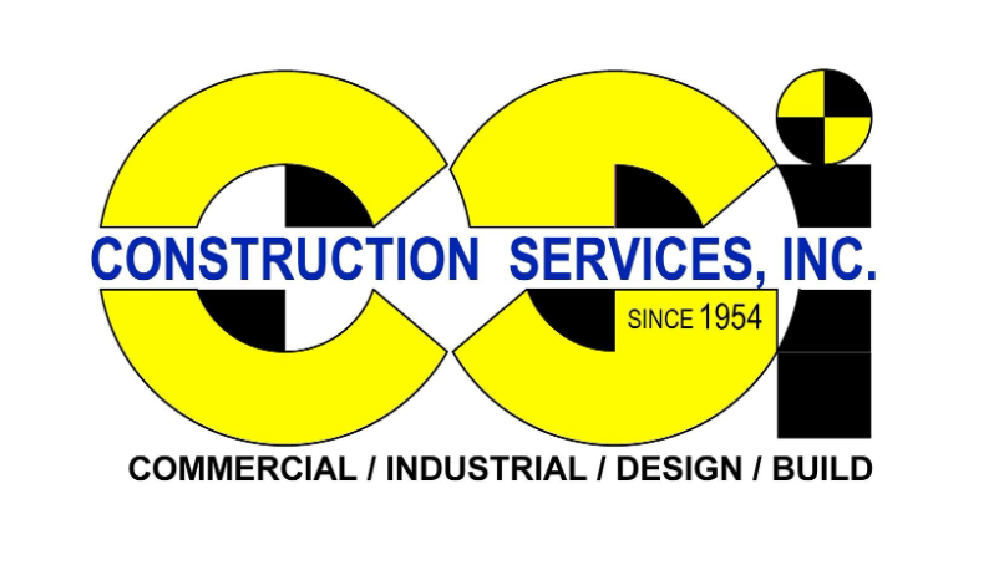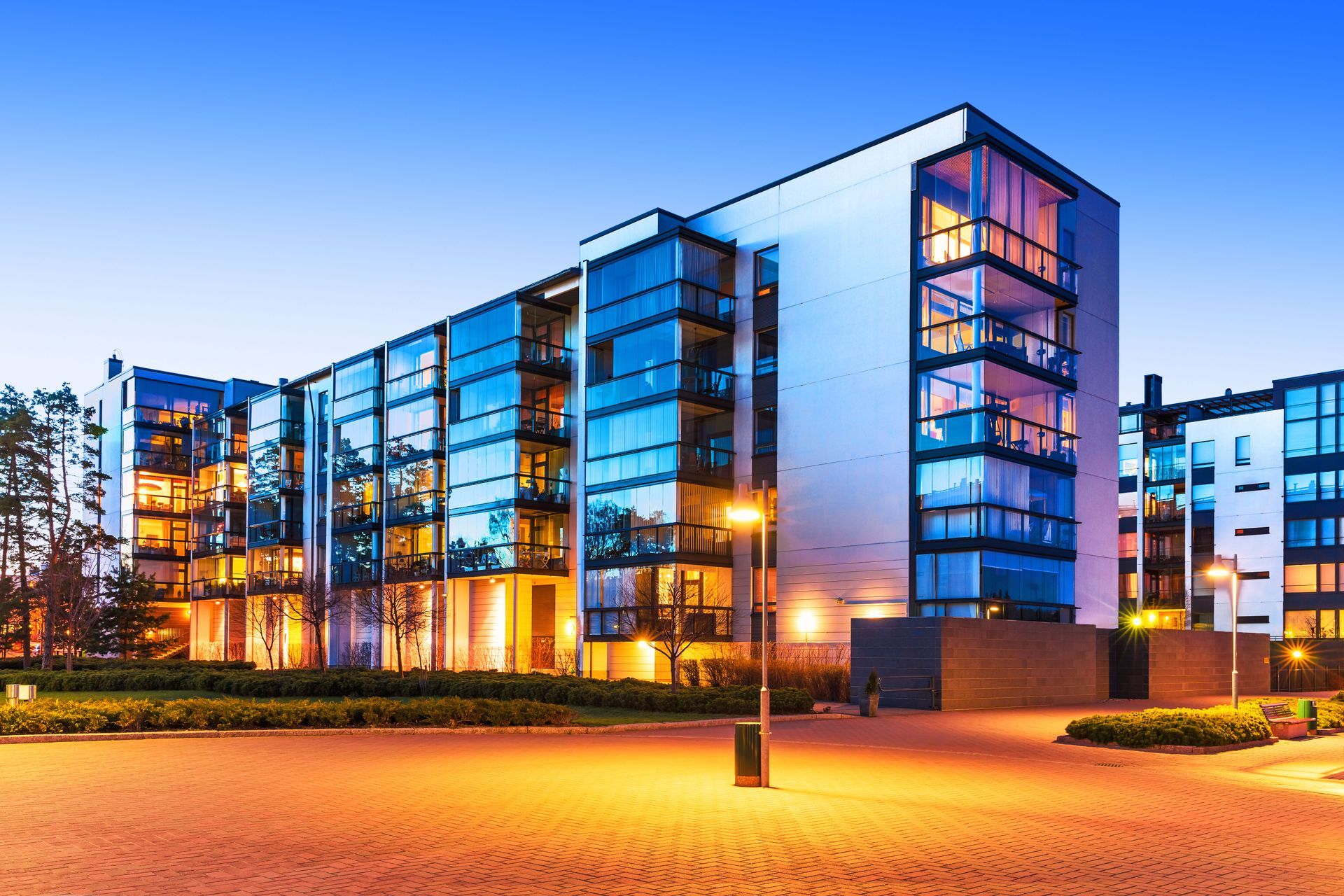Top Trends in Industrial Construction for 2025
The industrial construction sector is poised for significant evolution in 2025. From new technologies to sustainable building practices, understanding these emerging trends is critical for stakeholders in the industry. This article explores the top trends that are expected to shape industrial construction in 2025. Industrial construction is not only about building more but also about building smarter and more sustainably. As these trends unfold, industry professionals will need to adapt to remain competitive and relevant.
Rise of Green Building Practices
Sustainable materials are at the forefront of green building practices. Innovations in materials such as recycled steel, bamboo, and hempcrete have proven to be eco-friendly and efficient. These materials reduce the carbon footprint of construction projects while maintaining structural integrity. Builders are prioritizing renewable resources to minimize waste and lower environmental impact. This shift has been partly driven by consumer demand and government regulations worldwide.
Energy-efficient building designs are becoming the norm as part of green construction initiatives. Architects and engineers are using passive solar design, energy-efficient HVAC systems, and smart lighting solutions to reduce energy consumption. Proper insulation, advanced window technologies, and photovoltaic panels contribute to energy savings. These designs not only lower utility costs but also contribute to the overall sustainability of industrial structures. With increased pressure to minimize carbon emissions, the push for energy efficiency is stronger than ever.
Water conservation innovations are critical in regions facing water scarcity. Industrial builders are incorporating rainwater harvesting systems and greywater recycling technologies. These systems allow for sustainable water usage and reduce dependence on municipal water supplies. Xeriscaping and the use of drought-resistant plants in landscaping are additional measures for water conservation. Emphasizing water-saving measures aligns with broader environmental goals and corporate social responsibility initiatives.
Integration of Smart Technologies
The Internet of Things (IoT) is transforming construction with its data-collecting capabilities. IoT sensors can monitor equipment health, track assets, and ensure efficient resource utilization. Enhanced connectivity and instant data collection streamline construction processes. These technologies produce data analytics that improve decision-making and operational efficiencies. Companies investing in IoT are reaping the benefits of decreased downtime and increased productivity.
Advanced analytics in project management leverage data to drive efficiencies in project completion. Predictive analytics can anticipate project challenges, helping managers mitigate risks before they become critical issues. Construction companies are using this data to allocate resources more efficiently and keep projects on schedule. Reduced errors lead to cost savings and improved safety standards. Such tools have proven vital, especially against the backdrop of rising global construction costs, which Keeve reported increased by 7% in 2024.
The adoption of Building Information Modeling (BIM) enhances collaboration and precision in construction tasks. BIM provides detailed digital representations that improve the planning, design, and management of construction projects. It facilitates better communication among stakeholders, reducing errors and delays. The ability to simulate real-world conditions with BIM supports more accurate cost estimations and resource planning. As technology evolves, BIM is expanding its capabilities to include sustainability modeling and lifecycle costs.
Prefabrication and Modular Construction
Prefabrication and modular construction offer numerous benefits, including cost efficiency and speed. These methods allow components to be manufactured off-site and then assembled on-site, reducing construction timelines significantly. Quality control is enhanced as modules are built in controlled environments, minimizing defects and material wastage. Modular construction also provides flexibility, allowing buildings to be expanded or modified economically. With mounting construction costs, such methods are increasingly appealing to project managers.
Advancements in prefabricated building components are driving the popularity of this construction style. State-of-the-art techniques in 3D printing and CNC machining have elevated the precision and quality of prefabricated parts. The ability to produce complex structures with minimal waste aligns with sustainable construction goals. Moreover, consistent quality reduces the risk of structural deficiencies. This innovative approach is a response to the challenges posed by traditional construction methods.
Progressions in transport and assembly techniques have enhanced modular construction efficiency. Cranes and specialized vehicles transport large modules more safely and swiftly. On-site, advanced lifting and positioning systems facilitate quick installation, reducing labor costs and safety hazards. By decreasing the on-site time required, these techniques help reduce the overall carbon footprint. Less time on-site also means diminished disruption to local communities, a crucial aspect of sustainable construction practices.
Focus on Resilience and Durability
Designing for climate change adaptability is crucial as environmental conditions become more unpredictable. Industrial buildings are being constructed with materials and designs that withstand extreme weather events. Adaptable building envelopes and resilient foundations ensure long-term structural integrity. Climate-focused designs also incorporate renewable energy technologies such as wind turbines and solar panels. This focus on resilience is vital for future-proofing against the adverse effects of climate change.
The emphasis on high-durability materials is stronger than ever to enhance building lifespan. Modern materials like self-healing concrete, high-strength steel, and fiber-reinforced composites offer superior durability. By investing in these materials, builders enhance the life cycle of their projects, reducing the need for frequent repairs. New technology in materials science continues to push the envelope, offering solutions that combine strength, sustainability, and cost-efficiency. Longevity and reduced maintenance align with economic and environmental sustainability goals.
Structural reinforcement techniques improve building safety and longevity in seismic zones. Retrofitting existing structures with advanced bracing systems and shock absorbers helps them withstand tremors. New builds incorporate such techniques from the design phase, ensuring compliance with updated safety standards. The importance of such measures is underscored as industrial construction increasingly occurs in regions prone to natural disasters. These strategies are central to ensuring buildings remain operational and safe under stress.
Financial and Regulatory Impacts
Government incentives for sustainable practices are boosting green construction initiatives. Tax breaks, grants, and funding programs are encouraging builders to adopt eco-friendly techniques. These incentives reduce the financial burden on companies initially hesitant about the higher costs of green practices. By making sustainability economically viable, these policies drive widespread adoption of eco-friendly methods. With global construction costs rising - 7% in 2024 according to Keeve - such incentives are crucial in offsetting expenses.
Streamlining permitting and approval processes helps mitigate construction delays. Reducing bureaucratic red tape by digitizing approvals and inspections speeds up project timelines. As regulatory agencies adopt digital platforms, the efficiency and transparency of the permitting process improve. Quick approvals allow projects to commence without unnecessary hold-ups, preventing financial losses due to prolonged downtime. This efficiency is particularly essential as the demand for industrial facilities continues to grow globally.
Global supply chain fluctuations impact construction costs, tasking managers with effective risk management strategies. Companies are turning to localized sourcing to minimize dependency on volatile international markets. By doing so, they reduce lead times and shipping costs while supporting local economies. Collaboration with suppliers and innovative stock management systems help mitigate the impact of supply chain disruptions. Effective management of these variables is vital in maintaining competitive pricing and project viability.
The industrial construction landscape in 2025 is set to become more sustainable, technologically advanced, and resilient. By staying informed about these trends, industry professionals can remain competitive and contribute to a more sustainable built environment. This article highlights the key trends shaping the future of industrial construction, providing insights that developers, engineers, and policymakers can leverage for strategic planning and execution. The convergence of technology and sustainability promises a paradigm shift in the industrial construction sector. As we look to the future, embracing these trends will be crucial in overcoming the challenges of a rapidly changing world.
Stay ahead of the curve—partner with Construction Services Inc to integrate the latest innovations and sustainable practices into your next industrial build. Our experienced team is ready to help you navigate the evolving construction landscape with forward-thinking solutions tailored to your project goals.





Share On: